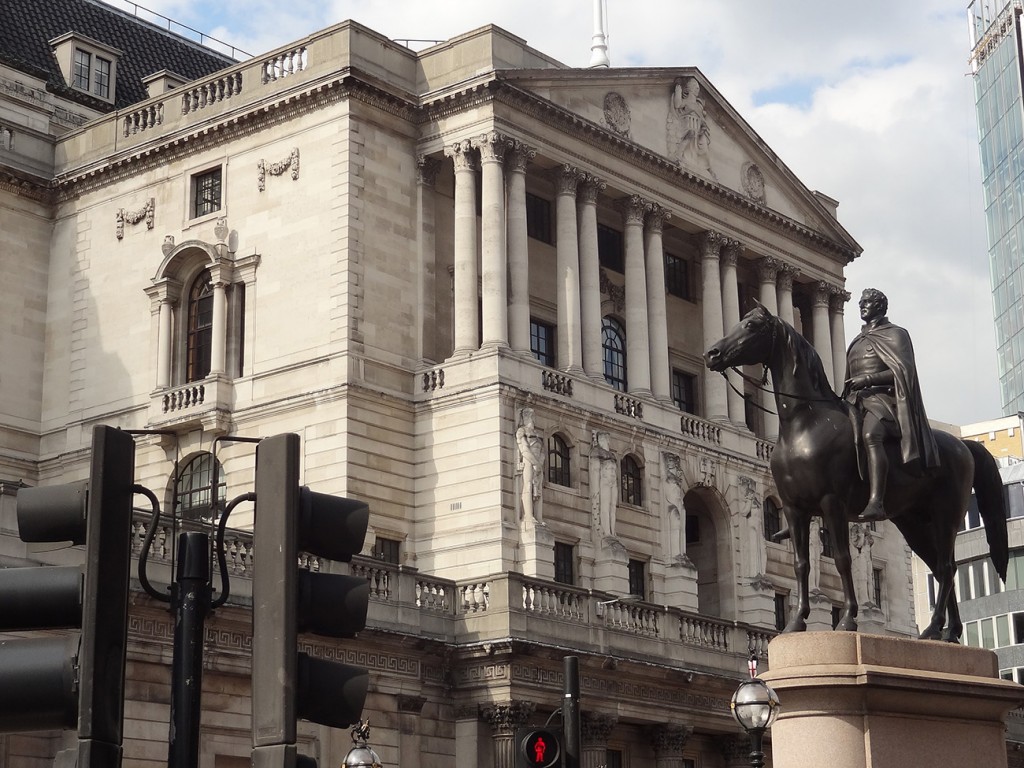
Octane Capital has forecast an increase in mortgage approvals and a housing market boost will follow from the Bank of England base rate cut.
The lender’s analysis of historic data going back to 2008 shows mortgage approvals typically climb in the three months following a base rate cut.
However, it is difficult to isolate the trend to attribute it to interest rate cuts alone, because these periods also correspond to times of economic turbulence or housing market disruption.
The analysis by Octane Capital shows that during the pandemic, the rate cuts in March and in April 2020, came at a time when mortgage approvals were plummeting as the housing market was shut down because of Covid restrictions.
But from June approvals began to rise steadily month-on-month as the housing market reopened.
Much of this was attributed to pent-up demand from the period when home moves were stalled and also a stamp duty holiday on home sales up to £500,000 from that July.
Octane also points to the Bank of England’s rate cut in February 2008, which saw mortgage approval levels climb by an average of 2.62% over the three months afterwards.
Even coming to the end of a trajectory of increasing rates can be enough to boost approvals, Octane says.
In September 2023, following a period of post-pandemic base rate increases which began in 2021, the Bank of England held rates at 5.25%.
Octane says in the months that followed, monthly mortgage approvals climbed to around 60,000 and have remained close to this level since.
Octane chief executive Jonathan Samuels says: “It stands to reason that a reduction in interest rates will help cultivate a greater degree of mortgage market activity and the uplift felt as a result of last month’s rate cut could be even more substantial than historic trends suggest.
“Home buyers have had to endure one of the most sustained periods of affordability pressure in modern times and this has caused a great deal of pent up demand to build across the property market.
“There’s no doubt that a hold on interest rates has helped to steady this ship, but now that the base rate is starting to reduce, we expect this pressure to uncoil at pace which should drive further house price growth over the remainder of the year.”
Knight Frank is also predicting that lower mortgage rates following the base rate cut could lead to a boost in housing market activity at the end of this year.
In an update to its outlook today it says: “The mainstream sales market has been impacted by the rate cut more than the change of government.
“Following the drop to 5% from 5.25% and lower-than-expected inflation data, SONIA five-year swap rates fell towards 3.5% in August.
“Financial markets were pricing in a further cut in November.
“It will lead to a “meaningful increase” in the number of lenders offering sub-4% mortgages this autumn said Simon Gammon, head of Knight Frank Finance.
“As a result, demand and sales volumes will be stronger in the final months of this year than in 2023.”



